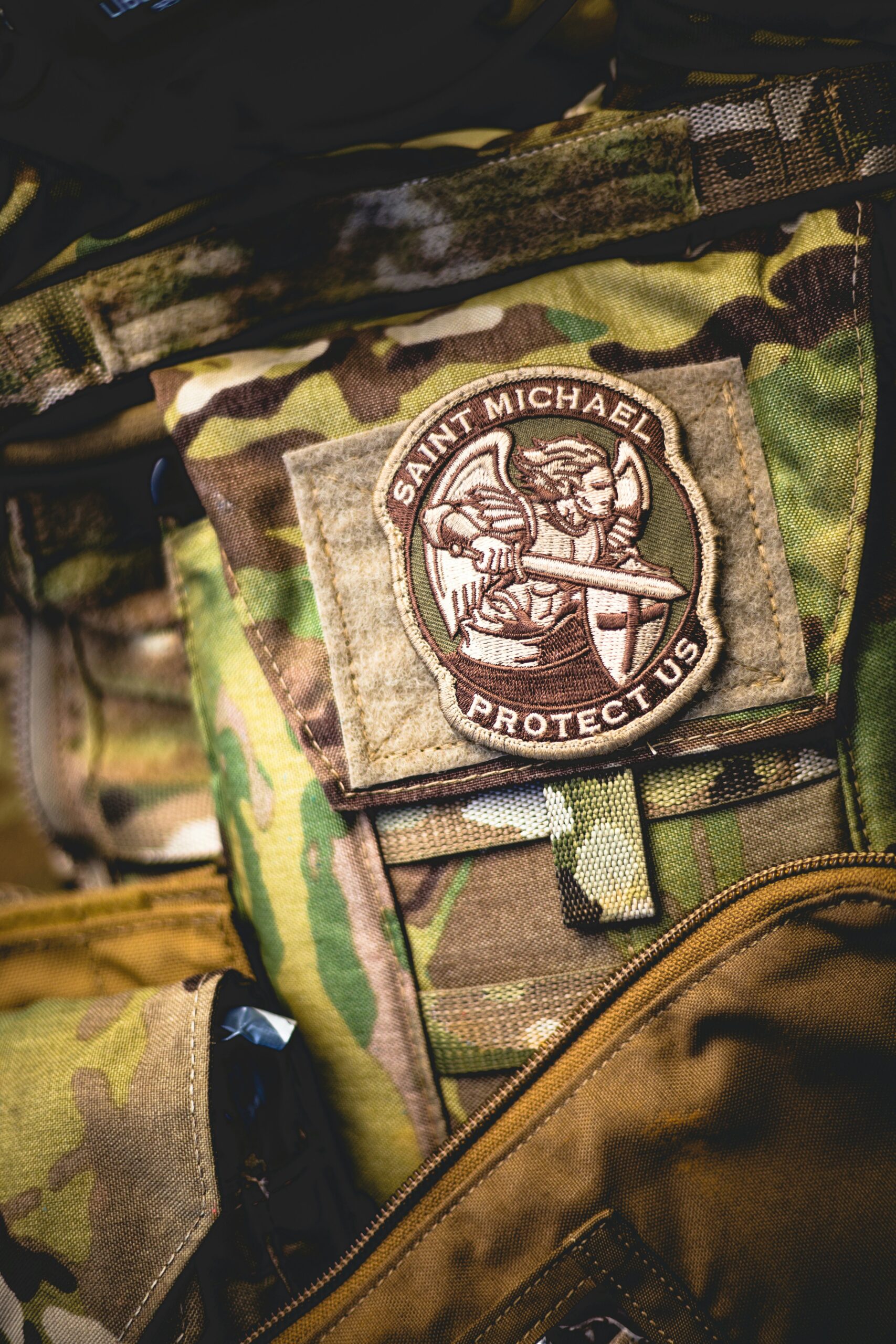How often do you think about the longevity of camouflage patterns? It’s a fascinating topic that intertwines with history, science, and fashion. Whether you’re a military enthusiast, an outdoor sports fan, or someone who loves nature-inspired designs, understanding how long these patterns last can give you a new appreciation for their enduring appeal.

Understanding Camouflage: A Brief History
Camouflage patterns have a rich history that stretches back to the early 20th century. Historically, these patterns were developed primarily for military use, aiming to make soldiers less visible to enemies. Over the decades, the application and design of camouflage have evolved significantly.
Early Camouflage Designs
Initially, camouflage was as simple as soldiers covering themselves with mud, grass, or other natural materials. However, as warfare became more sophisticated, so did the need for more effective camouflage.
World War I and II
During World War I and II, modern camouflage techniques were formalized. Patterns like the “Disruptive Pattern Material” (DPM) were introduced to break up the human silhouette. These patterns proved highly effective for both concealment and deception, leading to more complex designs and strategic deployment.
Post-War Innovations
Post-war, the military continued to innovate with advancements in dyes, printing techniques, and materials. Countries started developing unique patterns tailored to their specific environments and combat needs, such as woodland, desert, and urban areas.
Factors Influencing the Longevity of Camouflage Patterns
Several factors determine the lifespan of a camouflage pattern. These include technological advancements, environmental needs, and operational requirements.
Technological Advancements
With each technological breakthrough, new materials and dyes come into play. Modern camouflage involves digitally-created designs that offer superior concealment and durability. These advancements often render older patterns obsolete, but they also ensure patterns are more effective for longer periods.
Environmental Needs and Operational Requirements
Different environments necessitate distinct camouflage designs. For example:
| Environment | Camouflage Type | Lifespan |
|---|---|---|
| Woodland | Multi-Terrain Patterns | Typically updated every 10-15 years |
| Desert | Arid Environment Patterns | Updated every 8-12 years |
| Urban | City Camouflage | Updated every 5-10 years |
Environmental changes, such as urban expansion or deforestation, can also necessitate updates to existing patterns.
Organizational Requirements
Military organizations often have specific operational requirements that dictate the need for new camouflage designs. For instance, new threats or training methods may prompt changes to existing patterns.
Typical Lifespan of Camouflage Patterns
Here’s a more detailed look at how long different camouflage patterns tend to last in various contexts.
Military Use
In the military, camouflage patterns can last anywhere from 5 to 20 years, depending on their effectiveness and the rate of technological change.
- Woodland Camo: Typically updated every 10-15 years.
- Desert Camo: Updated every 8-12 years due to the harsh conditions.
- Urban Camo: Updated every 5-10 years owing to rapid urbanization and changing warfare styles.
Hunting and Outdoor Gear
For outdoor enthusiasts, the longevity of a pattern can vary widely. Companies often update patterns every few years to stay current with market trends.
Fashion Industry
In fashion, the lifespan of a camouflage pattern can be significantly shorter. Trends shift quickly, with new designs appearing every season. However, some classic patterns enjoy a longer life due to their timeless appeal.
The Science Behind Camouflage Design
Understanding the science behind camouflage design can offer insights into why certain patterns last longer than others.
Color Theory and Animal Adaptation
Camouflage designs often draw inspiration from nature. By mimicking the colors and patterns found in specific environments, designers create more effective concealment.
Digital Camouflage
Modern digital camouflage uses small pixelated patterns to create a more intricate design that blends seamlessly into the surroundings. This type of camouflage tends to last longer due to its complexity and effectiveness.

Environmental Factors
Different environmental factors play a significant role in determining the effectiveness and, consequently, the longevity of a camouflage pattern.
Seasonal Changes
In areas with marked seasonal changes, multiple camouflage patterns may be required to provide adequate concealment throughout the year.
Terrain Type
Whether it’s woodland, desert, or urban environments, the type of terrain significantly influences the design and update frequency of camouflage patterns.
Challenges in Developing Durable Camouflage Patterns
Creating long-lasting camouflage patterns is fraught with challenges.
Balancing Concealment and Identification
While concealment is the primary goal, there must also be ways to identify friendlies to avoid friendly fire incidents.
Wear and Tear
Camouflage patterns are subject to wear and tear, especially in harsh environments. Manufacturers must use durable materials and high-quality dyes to extend their lifespan.

Future Trends in Camouflage Patterns
With rapid technological advancements, the future of camouflage looks promising.
Smart Camouflage
Researchers are working on “smart” camouflage materials that can change color and pattern to match their surroundings in real-time. This technology could revolutionize the way we think about concealment.
Sustainable Materials
There is a growing trend towards using sustainable materials in camouflage design. These materials are not only eco-friendly but also offer durability and effectiveness.
Conclusion
In summary, the longevity of camouflage patterns is influenced by multiple factors, including technological advancements, environmental needs, and operational requirements. While military patterns can last anywhere from 5 to 20 years, hunting, outdoor, and fashion camouflage patterns tend to be updated more frequently. Understanding the complexities behind these designs can give you a better appreciation for their endurance and effectiveness.
So, the next time you notice a camouflage pattern, remember the history, science, and effort that goes into creating these enduring designs.

